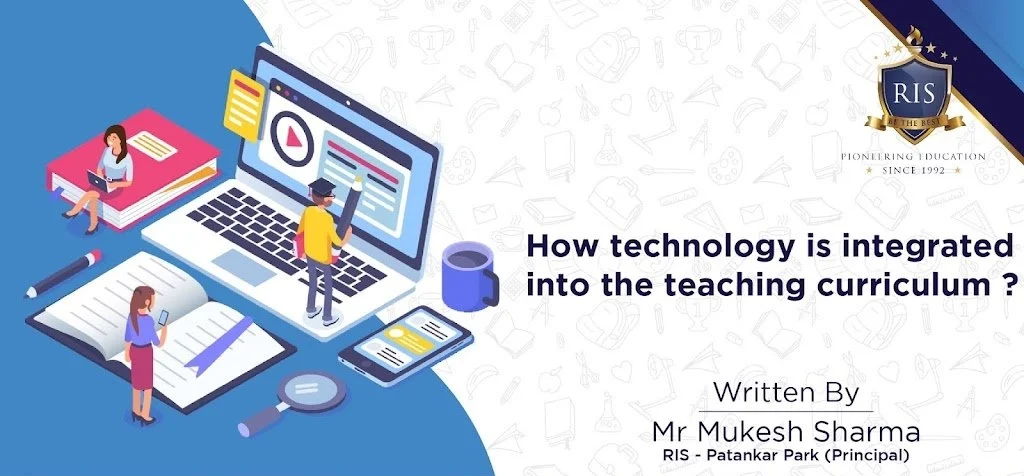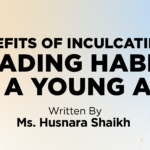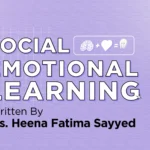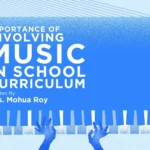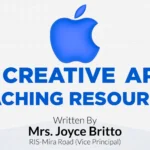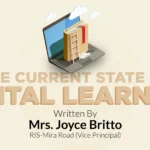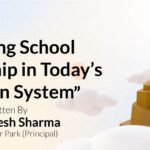Blending of technology-based teaching strategies into the teaching curriculum to get students to acquire, organize, and demonstrate information is known as technology integration.
Technology, when integrated into the curriculum, revolutionizes the learning process. More and more studies show that technology integration in the curriculum improves students’ learning processes and outcomes. Teachers who recognize computers as problem-solving tools change the way they teach.
“Integrating technology into classroom instruction means more than teaching basic computer skills and software programs in a separate computer class. Effective tech integration must happen across the curriculum in ways that research shows deepen and enhance the learning process. In particular, it must support four key components of learning: active engagement, participation in groups, frequent interaction and feedback, and connection to real-world experts.”
The goal of technology integration is to have students use technology responsibly and safely to acquire, demonstrate, apply, and communicate information. When advanced digital creative technologies such as 3D printers, user-friendly design software and certain desktop machine tools are used in the curriculum; they can encourage creativity and innovation among students and assist them in move closer to modern science, technology, engineering, and mathematics via different methods.
Technology helps change the student/teacher roles and relationships: students take responsibility for their learning outcomes, while teachers become guides and facilitators. Technology lends itself as the multidimensional tool that assists that process. For economically disadvantaged students, the school may be the only place where they will have the opportunity to use a computer and integrate technology into their learning (for more about equity, access, and digital inclusion,
When effectively integrated into the curriculum, technology tools can extend learning in powerful ways.
These tools can provide students and teachers with:
· Access to the up-to-date, primary source material
· Methods of collecting/recording data
· Ways to collaborate with students, teachers, and experts around the world
· Opportunities for expressing understanding via multimedia
· Learning that is relevant and assessment that is authentic
· Training for publishing and presenting their new knowledge
Here are a few tips for the teachers to utilise the available digital resources in the best way.
If your class has an interactive whiteboard and projector:
· Try interactive websites.
· Dig into Scholastic’s whiteboard activities page.
· Show online videos related to the lessons.
· Explore virtual math manipulatives.
· Check out the native software that came with the board.
· Use the video conferencing tool Skype to connect beyond the classroom.
If there is only one computer in your room:
· All of the above, and…
· Assign one student to be the class scribe and take notes.
· Start a collaborative class blog.
· Check out the Skype an Author Network website.
· Try a collaborative multimedia conversation tool.
· Let students access, review or intervention materials on a rotating schedule.
· Curate resources for students.
· Build a Google Site to house class content.
· Encourage skills practice, research, or the creation of collaborative stories using Google Docs.
· Record Screencasts for providing onscreen instruction.
Creative learning processes are quickly making their way into the curriculums. However, it also the need for the hour that this should not decrease the importance for teachers since technology should only be used to support academic learning. Any educational institute must confirm their priorities and a path to know how to make use of technology to ensure that it will not take over the significance of classroom study.
Mr Mukesh Sharma: Mr Mukesh Sharma is the Principal of RIS Patankar Park. He has been in the field of education since the past 30 years. He has his expertise set in academics and administration. His working profile has included his service in all curriculums – CBSE and State Board. Winning many accolades, he has received a commendation from the Minister of Education (then Ministry of Human Resource Development), Government of India’s office for the commendable academic performance of students at Board exams. He has also worked in different capacities i.e as an Inspection Committee member for Affiliation unit, Centre Superintendent for conducting JEE Mains and NEET by NTA.

